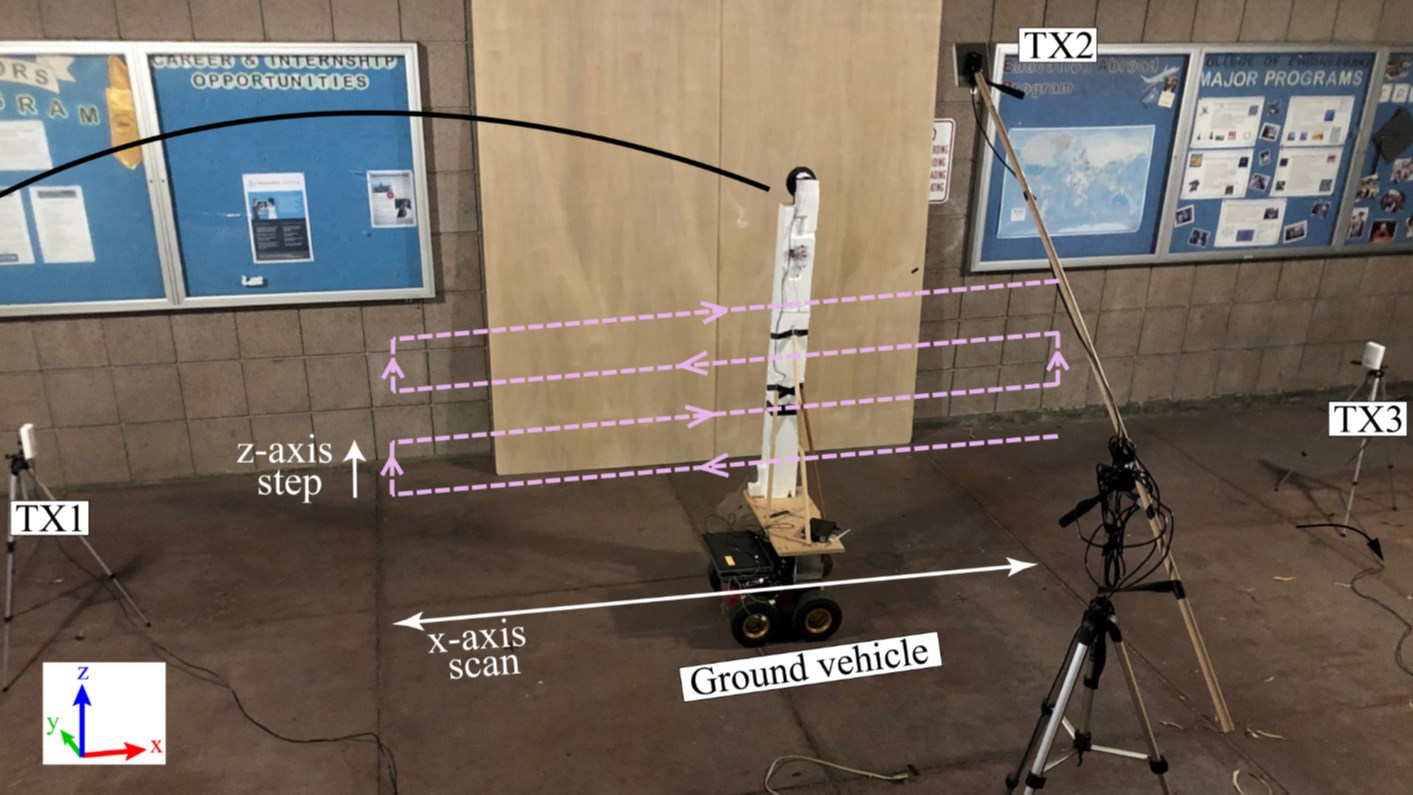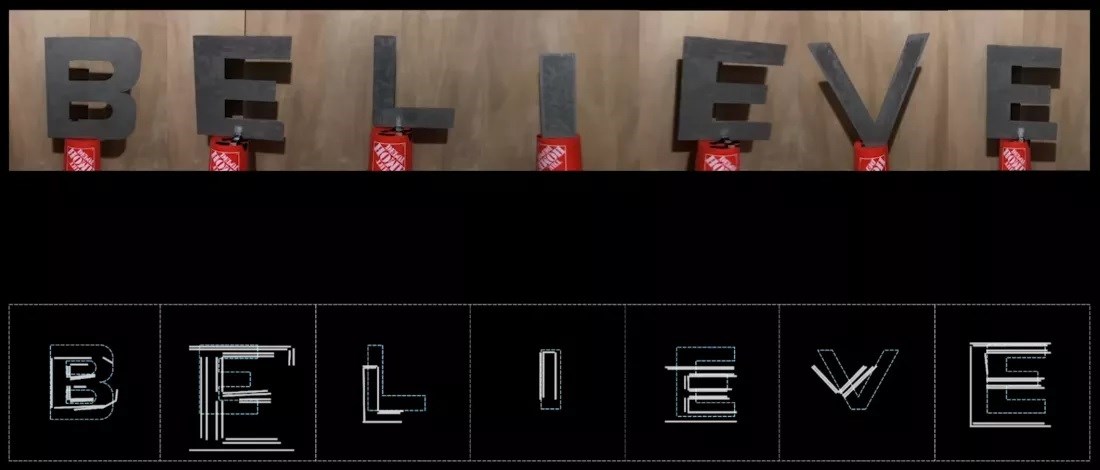 A recent study breaks new ground without seeing through walls with Wi-Fi. The new method proposes an alternative method for current challenges; This method appears to be able to create an approximate replica of the English alphabet using commercial Wi-Fi devices readily available today.
A recent study breaks new ground without seeing through walls with Wi-Fi. The new method proposes an alternative method for current challenges; This method appears to be able to create an approximate replica of the English alphabet using commercial Wi-Fi devices readily available today.Seeing through walls with Wi-Fi
Researchers from the University of California have developed a new method called “Wiffract” to view objects beyond the field of view. This technique exploits the interaction of Wi-Fi radio frequency (RF) signals with the edges of objects to be imaged, in line with the principles of geometric theory of diffraction (GTD). With the appropriate mathematical model, Wiffract can produce extraordinary results, such as “reading” shapes and letters through walls.
The researchers explain that when the RF wave encounters an edge point, it forms a cone of rays known as the “Keller cone”, in accordance with GTD. Wiffract’s mathematical model is able to detect edges of stationary objects using GTD theory and the corresponding Keller cones. After identifying “high confidence edge points,” Wiffract can reconstruct the shapes of objects and further refine the resulting edge map with advanced computer vision techniques.
A big step and a big cause for concern
 Researchers also shared experiments showing that the English alphabet behind the wall can be read thanks to Wiffract. This new method can use radio waves from off-the-shelf Wi-Fi transceivers for imaging, eliminating the need to train algorithms such as a machine learning for RF detection.
Researchers also shared experiments showing that the English alphabet behind the wall can be read thanks to Wiffract. This new method can use radio waves from off-the-shelf Wi-Fi transceivers for imaging, eliminating the need to train algorithms such as a machine learning for RF detection.The team explains that thanks to the ubiquity of Wi-Fi and other wireless signals, there is now “huge interest” in using radio signals for a variety of applications, including sensing and “learning about the environment.” While previous imaging methods relied on movement for “activity recognition” or person identification, they struggled to display the details of stationary objects. Wiffract offers a solution to this problem as it can effectively image stationary objects via Wi-Fi.
Wiffract’s usage areas are quite wide; There are a variety of potential applications, including smart homes, “smart spaces,” structural health monitoring, search and rescue operations, surveillance, excavation sites, and more.
As with every new technology, there is a flip side of a coin for Wiffract. Although the research team is reluctant to talk, Wiffract poses a serious privacy problem. A technology that can read through walls could raise serious security concerns and potentially give cybercriminals, law enforcement a new tool to remotely compromise home privacy, spy on, or spy on.